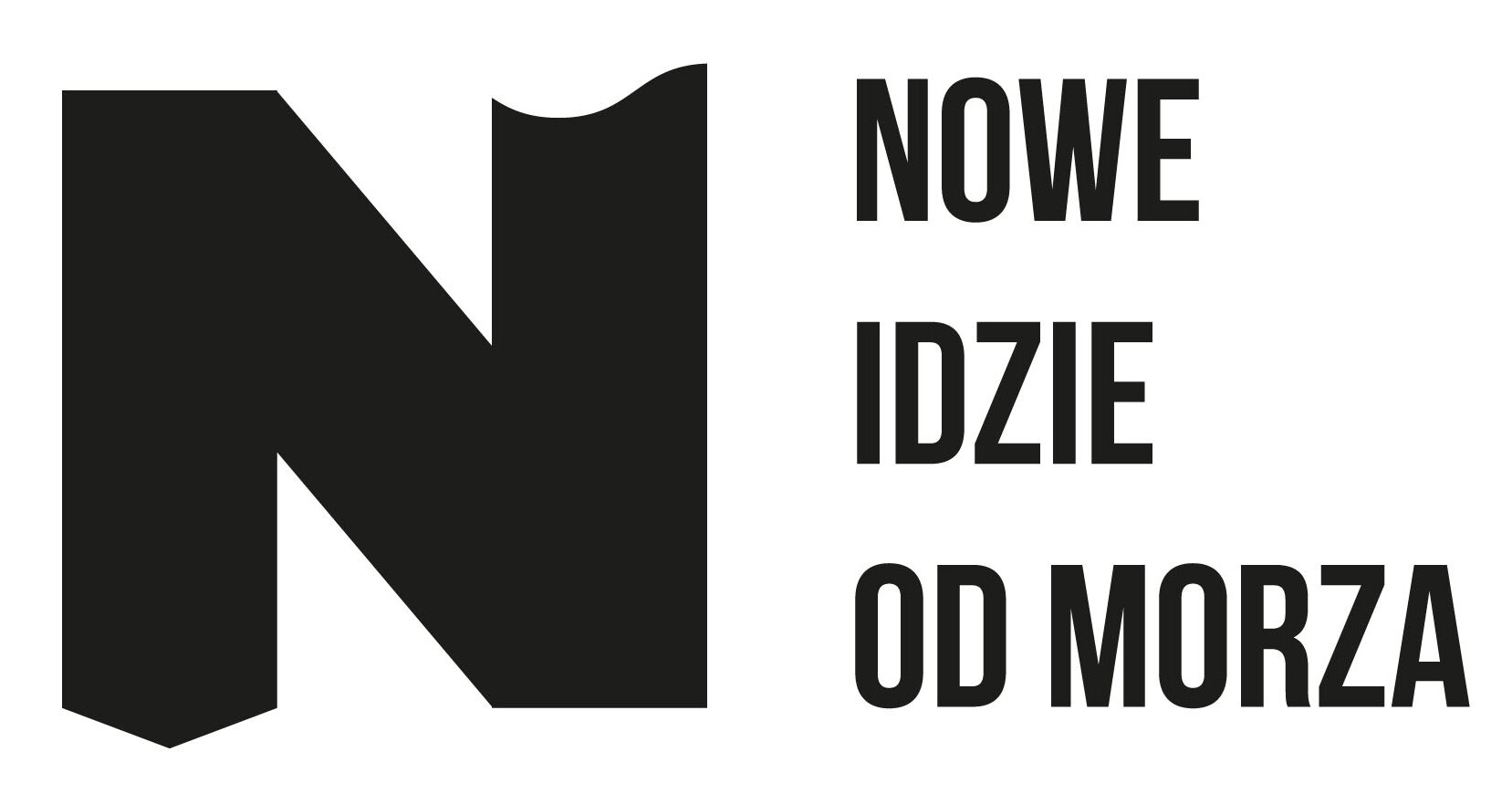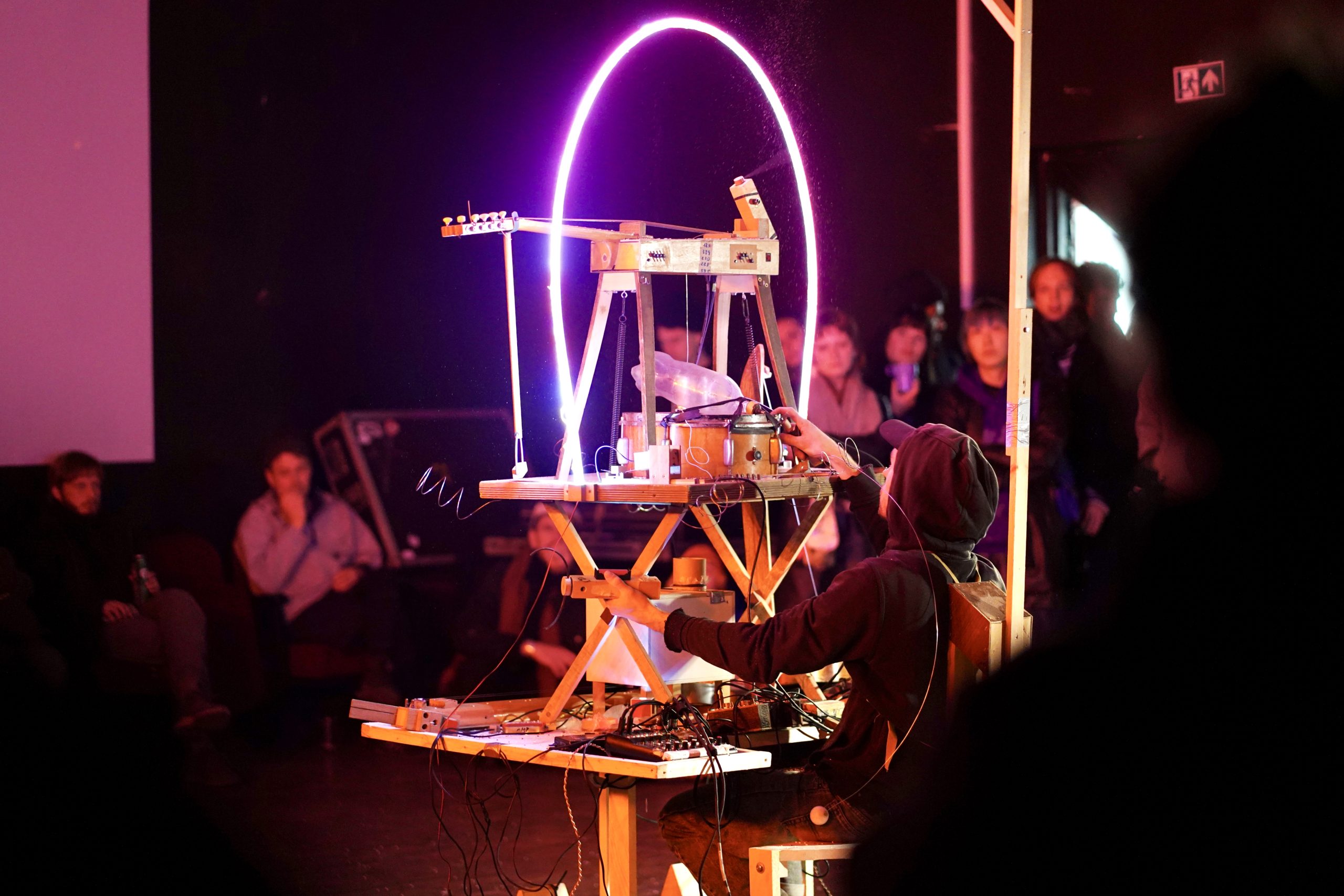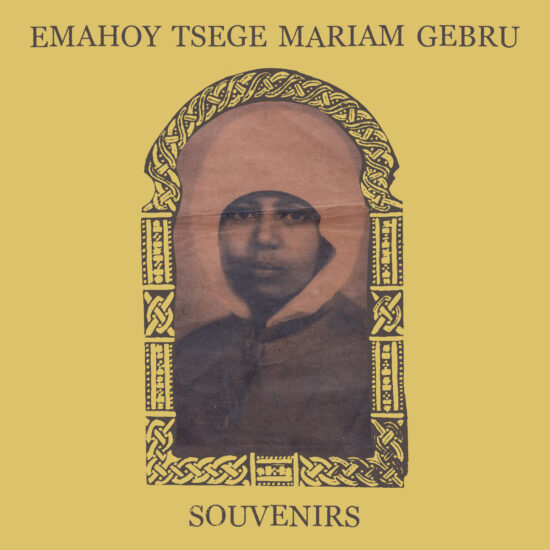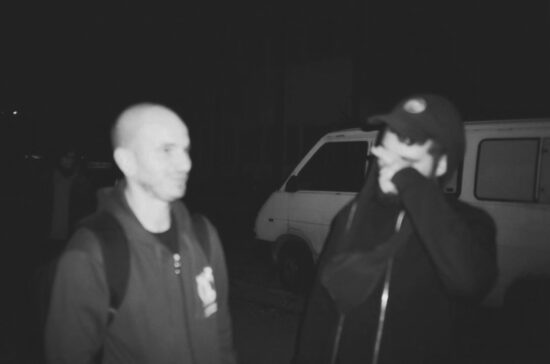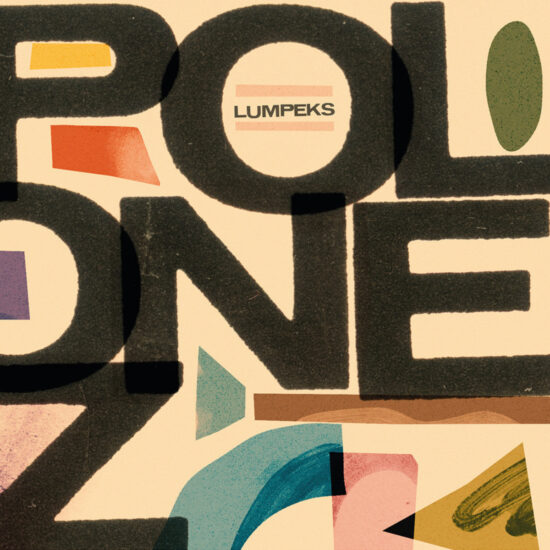In his latest report on contemporary Eastern and Central European music, Jakub Knera explores Lithuania. From extensive archives to the experimental programming of Braille Satellite, he finds a fresh and Dadaist approach to music created with tape loops, hand-made instruments, and even a skateboard.
I remember fervently leafing through Glissando, a Polish magazine dedicated to contemporary and avant-garde music, each issue of which focused on specific theme or country. In 2009, one was devoted to Lithuania – a country with longstanding ties to Poland, but at the same time musically unappreciated. Back then, perhaps the first name I really heard from the Lithuanian scene was Arturas Bumšteinas. By now he’s been releasing recordings for over 20 years, engaging in experimental music, acoustic sound works, installations, and pieces for theatre and radio. With unbridled curiosity, I continued reading about artists such as Gintas K and Šarūnas Nakas, among others.
Braille Satellite Festival is one of the brightest points on the Lithuanian music map, which promotes the Lithuanian scene (as well as music wider afield) and is located entirely on the sidelines. “The starting point was to do a festival that we would like to go to – to listen to bands that we are fans of,” explains Matas Labasauskas, one of the festival curators. “We try to create a solid lineup but only using our heads and hands, not with someone else’s money.” Labasauskas says it’s nationality isn’t that relevant when we speak about experimental scenes. “Experimental music is unique, coming from the inside of each creator, who is trying to play music as they imagine it. Experimentation can be in different aspects. One can use irregular instruments or equipment; others can sing very badly but find a way to match the instrumental part.”
He recommends to me a whole catalogue of bands such as Arma Agharta (“a legend though he is still super young”), Juozas Milasius, drummer Dalius Naujokaitis and some bands from art rock scenes in Vilnius, like Kanalizacija, Arklio Galia, and Laivo Troupe. He’s also involved in Radijo Musikii, a venue called Empty Brain Resort, and the label Big Band Alone, which releases undiscovered music from the past as well as newer recordings – mainly focusing on the music created in home studios.
Some of what I’ve written about below are not albums but performances and concerts, which is new for this column; I don’t feel that I can limit myself to releases while also showing the scene’s diversity. Labasauskas points out that the music industry has hitherto dictated that a ‘real’ artist needs to have a studio for rehearsals, play live concerts, and prepare releases. “It’s like a man needs to build the house, have some children, and maybe plant a tree. But it’s not true: there are a lot of outstanding artists that never played live concerts.” On the flipside, those who play concerts without releasing anything are similarly worth paying attention to.
